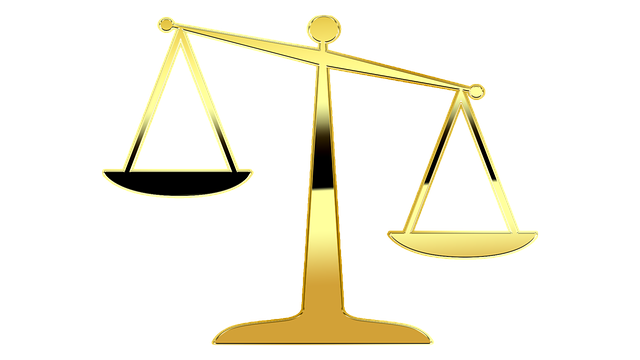In the evolving legal landscape of workplace injuries, third-party claims offer workers an alternative route for justice beyond traditional worker's comp. These claims target negligence or misconduct by external entities like equipment manufacturers or property owners, addressing complex scenarios including product liability and elder abuse. As awareness grows and work environments become more intricate, injured workers increasingly pursue these claims to seek fair compensation for injuries stemming from negligence or intentional acts, ensuring they receive necessary support for rehabilitation.
In today’s complex legal landscape, injured workers are increasingly pursuing third-party workplace claims as a means to seek justice and compensation. This article delves into the world of third-party liability, exploring its legal underpinnings and its role in addressing workplace injuries. We analyze common causes of these injuries and their profound impact on individuals and organizations alike. Furthermore, we uncover the contemporary factors driving this growing trend, offering insights into the motivations behind injured workers’ decisions to file third-party claims.
- Understanding Third-Party Workplace Claims: A Legal Perspective
- Common Causes of Workplace Injuries and Their Impact
- The Growing Trend: Why Injured Workers Choose This Route Now
Understanding Third-Party Workplace Claims: A Legal Perspective

In the realm of workplace law, a third-party workplace claim represents an injured worker’s legal avenue to seek compensation and justice when their employer or another entity is deemed responsible for their harm. This type of claim is distinct from traditional workers’ compensation, which often provides immediate yet limited relief within a specific framework. When an employee sustains injuries due to the negligence or misconduct of a third party—such as a malfunctioning piece of equipment, a slip-and-fall accident caused by unsafe conditions, or even a violent act by a coworker—they may pursue legal action against the at-fault party, often with the assistance of an auto accident attorney.
These claims often arise in complex scenarios involving employment disputes and breach of contract. For instance, if an employee suffers an injury due to a defective product provided by a third-party vendor, they might hold both the employer and the vendor accountable. This legal strategy allows for a broader range of damages and can be particularly impactful in cases where negligence or intentional acts lead to severe injuries. Understanding these claims from a legal perspective is crucial, as it empowers workers to navigate the intricate process, ensuring their rights are protected and that they receive fair compensation for their suffering.
Common Causes of Workplace Injuries and Their Impact

Workplace injuries can stem from a variety of causes, each with its own significant impact on employees and employers alike. Common scenarios include slip-and-falls due to poor maintenance or unsafe conditions, repetitive stress injuries from prolonged tasks, and accidents involving heavy machinery or hazardous materials. These incidents not only lead to physical pain and disability for workers but also have economic repercussions. Medical expenses, lost wages, and reduced quality of life can follow, often leaving injured parties seeking compensation beyond their immediate employer’s insurance.
The decision to pursue a third-party workplace claim is driven by the desire for client recovery and justice. In many cases, workplace injuries result from negligence on the part of other entities, such as equipment manufacturers or property owners whose real estate disputes lead to unsafe environments. Real estate litigation can highlight these issues, but it’s the third-party claims that often provide a direct path to financial relief for injured workers, ensuring they receive the support needed for their recovery and rehabilitation.
The Growing Trend: Why Injured Workers Choose This Route Now

In today’s world, the landscape of workplace injuries and their subsequent claims has evolved significantly. Injured workers are increasingly opting for third-party workplace claims as a route to seek justice and compensation. This shift can be attributed to several factors that have contributed to making this path more accessible and appealing. One prominent reason is the growing awareness and understanding of workers’ rights, empowering them to demand better treatment and recognition for their injuries.
Additionally, the complexity of modern work environments, with various parties involved in the supply chain, has given rise to product liability concerns. Workers may be injured due to defective equipment or hazardous conditions not directly under their employer’s control, prompting them to hold third parties accountable. This trend is also observable in cases of elder abuse within institutional settings, where workers might choose to pursue claims on behalf of their vulnerable charges. Such developments reflect a broader societal shift towards accountability and safety in the workplace.
In today’s landscape, injured workers are increasingly pursuing third-party workplace claims as a means to seek justice and compensation for their injuries. With a better understanding of legal rights and a growing awareness of available resources, they are empowered to navigate the complex system. This trend highlights the importance of addressing workplace safety and ensuring that all workers have access to fair and prompt remedies when facing on-the-job injuries. By recognizing the common causes of these injuries and their significant impact, we can work towards creating safer environments and providing better support for those affected.






